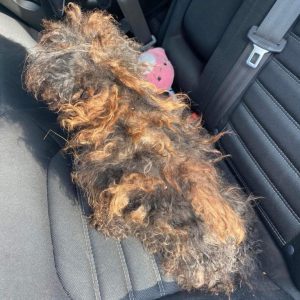What do skin cancers look like? Some spots on the skin are nothing to worry about, but others can be deadly if not detected and treated early. When it comes to the successful treatment of skin cancer—particularly melanoma— early detection is critical. To give yourself the best chance of catching skin cancer in its early stages, you need to know what to look out for.
There is no definitive description of what skin cancer looks like, so becoming familiar with your own skin and regularly self-checking your body for signs of change is the best way to catch skin cancer early. Keep an eye on spots that look different to others on your body, spots that have changed in size, shape, colour or texture, and sores that itch, bleed, or don’t heal. If you notice any of these signs, see your doctor and seek their expert opinion.
Types of cancerous spots
There are three common types of skin cancers—basal cell carcinoma, squamous cell carcinoma, and melanoma. What do these skin cancers look like? Each type can look quite different. Below are some examples and common characteristics to help you know what to look for:
Basal cell carcinoma
Image of a Basal Cell Carcinoma skin spot.
Basal cell carcinoma (BCC) accounts for most (around 70 per cent) of all keratinocyte cancer (or non-melanoma skin cancer) diagnoses. These types of skin cancers grow slowly over months or years and having one BCC increases your risk of developing another.






